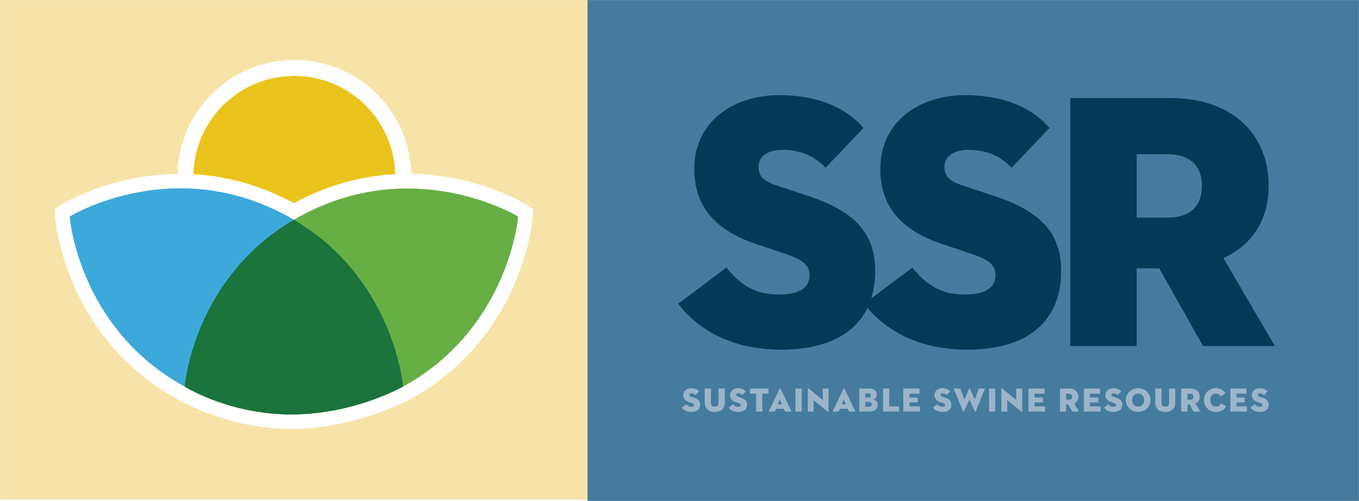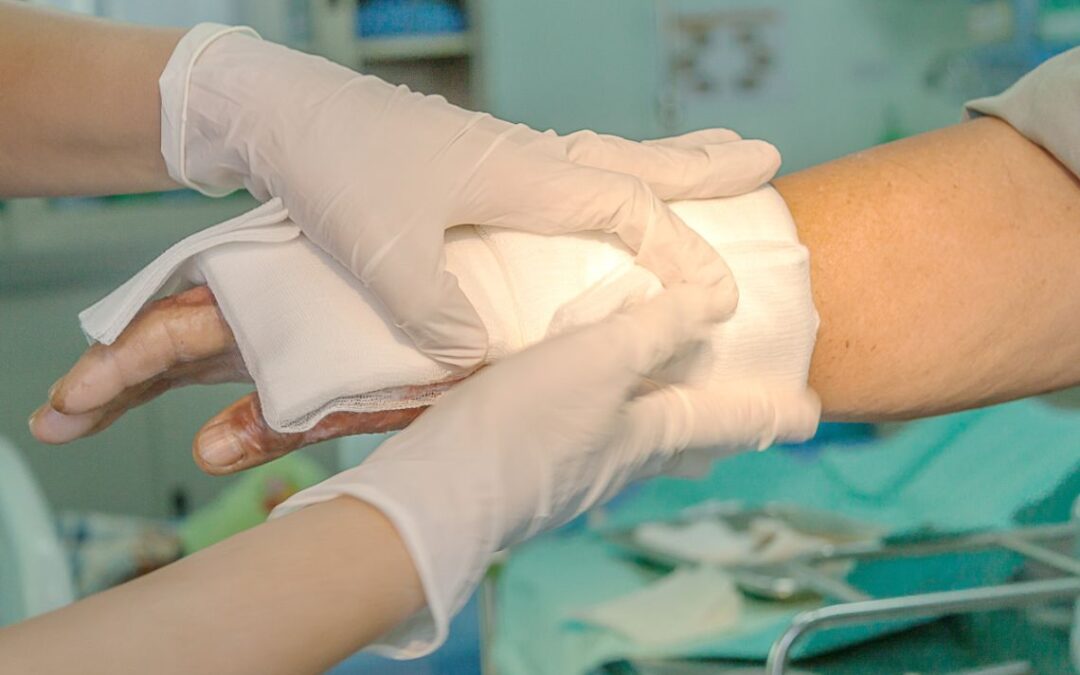Pig tissues, porcine products and other pig co-products are used in various medical and scientific fields to further technological innovations and help improve people’s lives. Pigs are a perfect candidate for biomedical research because there are many similarities between pigs and humans that help increase the useability and success rates for new medical devices and procedures.
The Challenges of Wound Healing
When we get a cut or a burn, our bodies go through a complex process of healing the wound. Various biological systems are involved to protect the wound site, fight infections and generate new skin cells. For serious dermal injuries like large burns or deep wounds, extra assistance is needed to help the wound heal and minimize scarring.
Skin grafts are a traditional means of wound healing but can be a challenge. Allografts – tissue grafts where donor and recipient are of the same species – like other donor organs, can be costly and in low supply. Because of these challenges, researchers in fields like regenerative medicine are looking for other alternatives to treat wounds and wound care.
Benefits of Porcine Tissue in Wound Healing
- In wound healing, pig skin for wound healing is better suited for study than that of other animals, as a pig’s skin behaves much like human skin.
- Composed of the same three layers: epidermis, dermis, hypodermis
- Thickness of pig skin and human skin is similar
- Porcine collagen and elastin are made up of similar biochemicals
- Pig skin protects the body and organs in a similar way to human skin
Because of these similarities, porcine tissues and materials are being used in innovative ways to meet the challenges of traditional wound healing procedures:
Models for new treatment innovations.
Pig skin is used to study innovative wound treatments because of its similarities with human skin. Pig skin is a tissue model that is plentiful and versatile to be used in a wide range of clinical scenarios to treat various types of injuries.
Use of xenografts.
Where allografts can provide challenges of supply, porcine xenografts (tissue grafts where donor and recipient are of different species) are an alternative that works just as well with no noticeable differences with human allografts. Also, porcine materials for wound healing can be genetically modified to reduce issues of rejection with the recipient.
Following the use of xenografts, porcine grafts have shown considerable promise in both short-term and long-term wound healing. For example, pig skin is commonly used in these grafts due to its structural and functional similarities to human skin, providing an effective and reliable option for accelerating the healing process and reducing the risk of complications.
What are the similarities between humans and pigs?
Pigs are anatomically and physiologically similar to humans, making them a better model than rodents for studying wound healing. Pig skin shares key characteristics with human skin, including epidermal thickness, subcutaneous layer structure, and blood flow patterns. Additionally, pigs’ epidermal turnover and the composition of their stratum corneum are similar to humans. These factors make pigs an ideal model for wound healing, where reepithelization occurs rather than contraction. Porcine grafts, made from pig skin, are used in medical treatments to take advantage of these similarities.
Use of porcine ECMs for faster healing.
Porcine materials are being used in the treatment of wounds and regenerative medicine to improve the healing process. Porcine ECMs (extracellular matrix) can be used in conjunction with xenografts or as a gel to accelerate tissue regeneration and wound healing. ECMs are essentially building blocks that doctors can use to bioengineer other tissues and internal structures that can be used in tissue grafting and other regenerative therapies.
The use and harvest of pig co-products help to eliminate waste when harvesting pigs for food and allows for a more sustainable approach to agriculture. As scientists look for new ways to heal others and improve current technologies, the use of porcine tissues and materials remain an important part in creating new innovations.
FAQs About Porcine Materials in Wound Healing
- Why are porcine materials used in wound healing?
- Porcine materials are widely used in wound healing because pig skin closely resembles human skin in structure, composition, and function. It provides an effective alternative for skin grafts, helping accelerate tissue regeneration, reduce scarring, and improve healing outcomes.
- What are the benefits of using porcine xenografts for wound treatment?
- Porcine xenografts offer a readily available and cost-effective alternative to human skin grafts. They help reduce infection risks, support tissue regeneration, and integrate well with human skin due to their structural similarities, making them an excellent option for treating burns and deep wounds.
- How does porcine extracellular matrix (ECM) help with wound healing?
- Porcine ECM provides essential structural proteins that promote cell growth and tissue regeneration. It can be used as a scaffold for new skin cells, accelerating healing and reducing complications associated with severe wounds or burns.
- Are porcine-derived wound healing treatments safe for humans?
- Yes, porcine-derived wound healing treatments are safe and widely used in regenerative medicine. Many porcine products, such as skin grafts and ECMs, undergo processing to minimize immune rejection and maximize biocompatibility, ensuring effective and safe healing.
Let's Collaborate
With SSR and Johnsonville LLC, we offer flexible partnership options. Let's explore how we can work together to achieve your goals.


